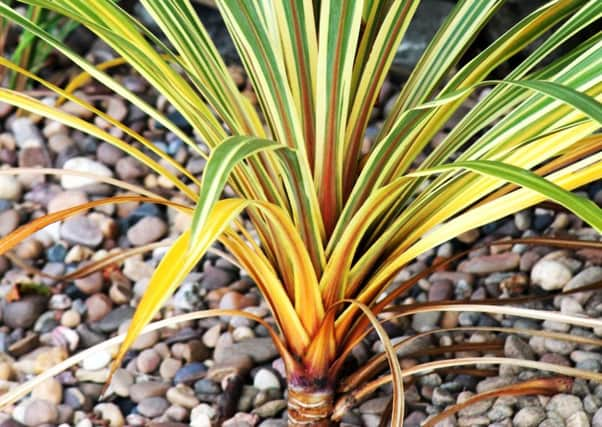Winter is coming


But it was a warning for the gardener to be prepared before things gets worse and winter really bites.
For some, it is relatively easy to keep at-risk plants if not happy at least alive – use your own home-made compost to protect the roots of those plants that are only borderline hardy; plants like agapanthus, bottle brush plant (Callistemen), pittosporum and cordyline.
Advertisement
Hide AdAdvertisement
Hide AdJust place a decent layer of compost over the root area of these plants to provide a bit of much-needed insulation, and tie up the strap-like leaves of the cordyline with twine to reduce the amount of rainwater that gathers where leaves join the stem, a spot which could become a frost trap.
If the plant is in a pot small enough to accommodate in an unheated greenhouse or even a conservatory, it may pay to bring it indoors.
With really tender shrubs just too big or too delicate to move, it may pay to construct a cage around them. Make it from chicken wire and pack it with dry material. Top off with a waterproof piece of plastic to keep off most of the winter rain.
Some plants will survive with just the occasional act of kindness – if the weather forecast is for frost, wrap them overnight in newspaper or horticultural fleece.
Advertisement
Hide AdAdvertisement
Hide AdContainer-grown plants are always vulnerable during winter, but the simple act of placing them in a sheltered, warm spot by a south-facing wall is often sufficient.
As an added precaution, lift the pots off the ground (you can buy small terracotta feet or just use small stones) to encourage better drainage.